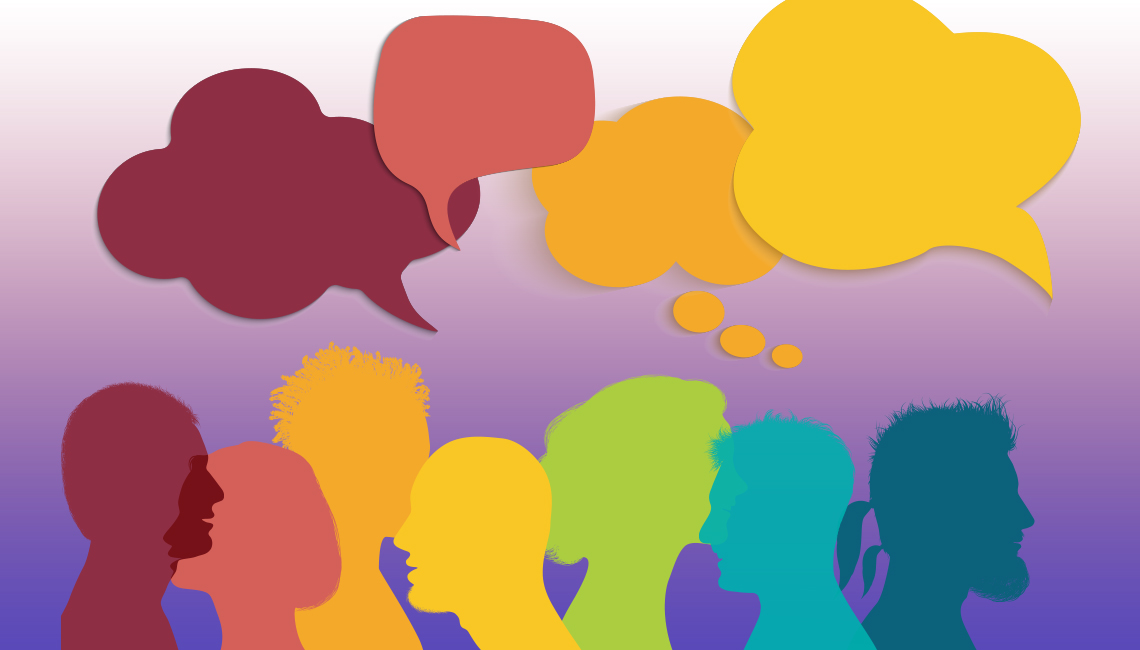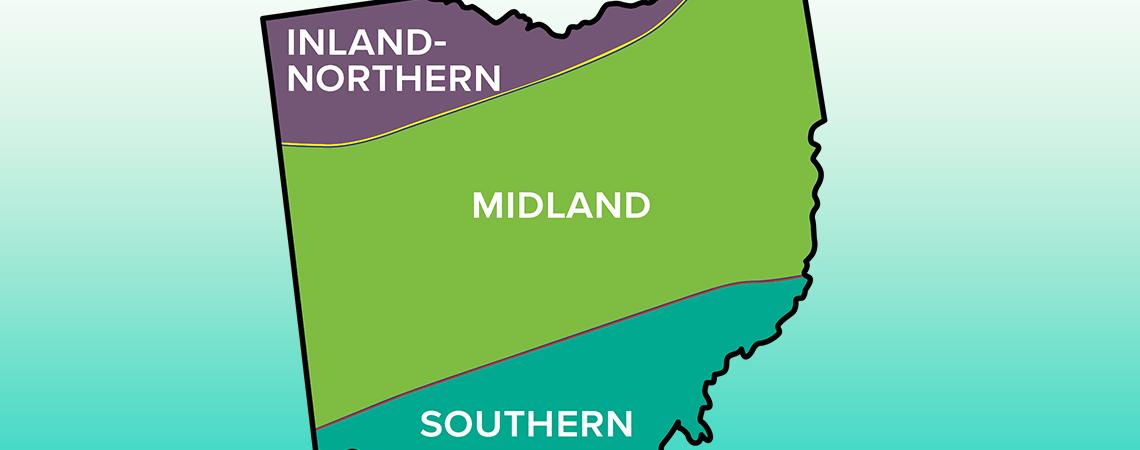Do you say “crick” or “creek”? “Mom” or “mahm”? How about “wash” or “warsh”? Your answers can pinpoint which part of the state you’re from.
In broad terms, Ohio has three distinct accents — Midland, Inland North, and Southern — but experts allow plenty of room for variations that are unique even down to your town, according to Kathryn Campbell-Kibler, an Ohio State University linguistics professor who specializes in Ohio accents.
“Individual cities and areas develop their own ways of speaking,” Campbell-Kibler says. “Some small changes start locally and then spread, but other changes begin in, say, Toledo and do not happen anywhere else.”
Let’s take a closer look at how Ohioans speak.
Ohio’s Midland accent
Read this sentence out loud: It will be a merry day when Mary agrees to marry John.
If you have a Midland accent, “merry,” “Mary,” and “marry” sound the same. It’s the most common accent in the state, spoken from Van Wert, Mansfield, and Wooster to Xenia, Lancaster, and St. Clairsville. Midlanders also pronounce words like “cot” and “caught” and “don” and “dawn” interchangeably. (The Marion-raised author of this article had to contort her mouth and pretend she was from New York to form the W in “dawn” successfully.)
Midlanders also tend to drop the G’s at the end of words and combine two words for efficiency, so “going” becomes “goin’” and “could have” becomes “coulda.”
Ohio’s Inland North accent
Now try this one: It was too hot for hockey, so we drank pop with my dad.
If you have an Inland North accent, others hear you say this: It was too haht for hahkey, so we drank pahp with my dee-yad.
The long O and the raised A sounds are tipoffs to the Inland North accent, which is spoken throughout the Great Lakes region, including Toledo, Cleveland, and Painesville. Linguists believe the accent originated with the workers who built the Erie Canal.
Inland Northerners have bragging rights for their Northern Cities Vowel Shift (where “cat” becomes “kee-yat”), considered the most important pronunciation change in centuries, according to Campbell-Kibler. They’re also unique for saying “caught” and “cot” differently.
Ohio’s Southern accent
Our Southern accent doesn’t go all the way to “Howdy, y’all,” but try this sentence on for size: At the time, my friend was carrying 10 pens and 10 pins.
If you’re from Cincinnati, Portsmouth, Marietta, or nearby, others hear you say: At the tahm, mah friend was carrying tin pins and tin pins.
For these speakers, the E’s in “pen” and “ten” become I’s, so they sound like “pin” and “tin.” They also soften the I sounds in “time” and “my.”
The Southern accent originated in the United Kingdom, which established some of America’s oldest settlements. Today, it covers a wide swath of the country, from Dallas to New Orleans to Memphis to Mobile, before crossing into Ohio’s southern border.
So which accent is the “right” way to speak?
There is no official American accent, so the answer is up to you.
Obviously, there’s more to Ohio’s story than the three accents listed above. Our Amish communities speak using a Pennsylvania German or Pennsylvania Dutch dialect, and many Ohioans speak African American Vernacular English, a dialect that began in the South and spread across the country.
Although there’s no national standard, our accent can help us or hold us back, Campbell-Kibler says. In her research, she studies how people perceive others based on their accents. If it hits our ears wrong, we may assume someone is less educated, less successful, or even less good-looking than we’d think if they spoke more like us. Knowing this, many people change their accent, which can have emotional side effects.
“The speech of our parents is the language of belonging,” Campbell-Kibler says. “What gets tricky is the language we use out in the world. For some, it may be the difference between being taken seriously or speaking like their family.”
Her advice is to keep an open mind when meeting someone new.
“Do we really want everybody to sound the same all the time?” she asks. “Personally, I think it’s fun when you can listen to people and they sound different.”










